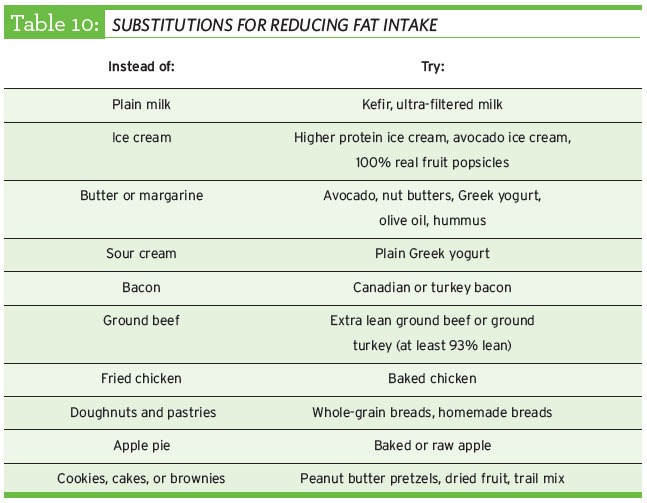Fat as Fuel - Fat Intake in Athletes
Fat is the primary fuel for light to moderate intensity exercise. Fat is a valuable metabolic fuel for muscles during endurance exercise and performs many important functions in the body, although it does not provide quick bursts of energy needed for speed.
The more efficient an athlete becomes in their respective sport, the easier it is for them to operate at a lower intensity while maintaining the same level of work or maintaining the same speed (metabolic efficiency).
At this lower intensity, stored fat in the muscle can be used as a fuel source. The average 150-pound athlete with 6% body fat carries 1,500-2,000 calories in the form of carbohydrates and more than 45,000 calories in the form of fat. Even for efficient endurance and ultra-endurance athletes, carbohydrates are still important, but stored fats help them reach the finish line.
Research has shown that metabolic adaptations do occur as a result of high fat fueling, although claims that high fat, carbohydrate-restricted diets improve performance in competitive athletes have not been proven.
This has significant implications for athletes in muscular endurance sports that require a burst of power, such as rowing, swimming, gymnastics, figure skating, judo, boxing, baseball, basketball, or soccer, to have energy generated aerobically.
It is important to recognize that there are many sources of fat in foods. Fat is present, but not separately visible, in:
- Dairy products such as cheese, whole milk, sour cream, and ice cream
- Processed foods such as chips, crackers, granola bars, and french fries
- Cooked meats and fish
- Other food sources like nuts or avocados
Other more obvious sources of fat are in products like margarine, butter, mayonnaise, salad dressing, oils, and meats with marbling or visible fat.
Athletes should consume 20 to 35 percent of their calories from fat. Along with decreasing overall calories, increasing mono-unsaturated and n-3 polyunsaturated fats and decreasing consumption of saturated fat and sugar sweetened beverages (soda) are the first steps toward losing excess body fat and improving metabolic function. Doing so may be a benefit to athletes by reducing inflammation and helping to maintain proper vascular function, which indirectly may support athletic performance.

TABLE 10 IMAGE TEXT:
SUBSTITUTIONS FOR REDUCING FAT INTAKE
| INSTEAD OF: | TRY: |
|---|---|
| Plain milk | Kefir, ultra-filtered milk |
| Ice cream | Higher protein ice cream, avocado ice cream, 100% real fruit popsicles |
| Butter or margarine | Avocado, nut butters, Greek yogurt, olive oil, hummus |
| Sour cream | Plain Greek yogurt |
| Bacon | Canadian or turkey bacon |
| Ground beef | Extra lean ground beef or ground turkey (at least 93% lean) |
| Fried chicken | Baked chicken |
| Doughnuts and pastries | Whole-grain breads, homemade breads |
| Apple pie | Baked or raw apple |
| Cookies, cakes, or brownies | Peanut butter pretzels, dried fruit, trail mix |
Read the full Nutrition Guide and learn more about how to get peak performance with optimal nutrition.



